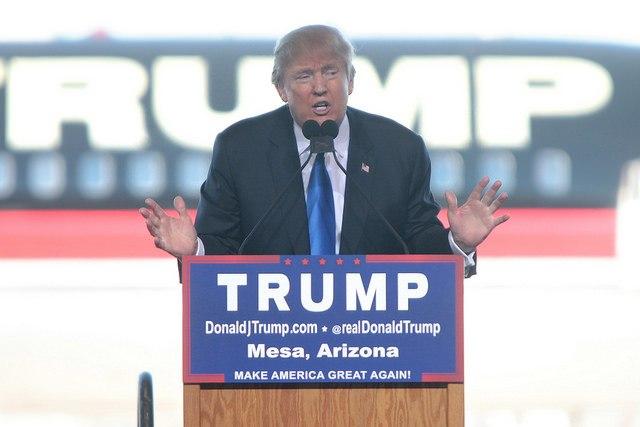
Once a reliable blue state in presidential elections, West Virginia flipped to the Republicans in 2000 and has since become a reliable red state. And last week, West Virginians flocked to Donald Trump, voting for him by over 42 percent– a margin only exceeded in Wyoming.
Much of that margin can be explained by Hillary Clinton’s poorly articulated response to a March town hall question about how she was going to help unemployed coal miners find work. While one can argue that her remarks were twisted out of context, coal workers heard enough, and the damage was done. Appalachia, along with much of the Rust Belt, voted for Trump out of angst over the loss of decent paying jobs. Trump, in turn, has promised that he will stop what he said is the Obama Administration’s “War on Coal.”
But as Senate Majority Leader Mitch McConnell indicated this week, coal companies, including those in his home state of Kentucky, should not feel too ready to cash in after Trump takes office on January 20.
At an event in Louisville last Friday, McConnell brought up what he described as the “assault” launched against coal while Obama has been in office, with one caveat. “Whether that brings business back is hard to tell because [coal] is a private sector activity,” told the Louisville audience.
The truth, however, is that the coal industry’s demise was years in the making. Trump and his allies have pointed to the Obama Administration’s Clean Power Plan as the bogeyman causing the coal industry’s collapse. Coal plants are not necessarily banned under this directive, but new power plants using this fuel must do so with technologies such as carbon capture and storage to minimize their carbon emissions. Several years ago the coal industry ran “clean coal ads” saying this very technology was why coal should be central to the U.S. energy mix, but investors and regulators figured out such projects were far too pricey. The result is that now coal is not competitive enough to compete with other technologies. Companies such as Peabody Energy Corp. said they had their own ideas of what comprised “clean coal,” but regulators ruled those advertisements were misleading.
Trump has always had an uncomfortable relationship with renewables, has his statements on both these technologies and related polices have been all over the map. His allies, however, have long presented the current White House’s energy policies, and their incentives to boost clean energy technologies, as a working-class job killer. Depending on the source cited, however, renewables are providing at best only 11 to 13 percent of America’s energy and electricity needs. And almost half of the renewables portion is electricity generated from hydropower.
Renewables, despite all the hype and enthusiasm, are still a small portion of this country’s energy portfolio. Of course, if one wants to dig the knife deeper into coal’s corpse and add more insult to injury, it does not take much of a web search to see sites like Bloomberg crow about how solar and wind power are becoming cheaper, more scalable and as cost effective as fossil fuels.
But the stubborn fact is that natural gas has slayed coal. Whatever one thinks of the fracking boom here in the U.S., it has not only given utilities a bridge fuel until solar and wind technologies become more integral to the national grid, but it is currently just as cheap or even priced lower than coal. As a result, natural gas has become king across much of the country as utilities, municipalities and states often have their own clean air standards irrespective of what the federal government may or may not do.
Trump’s ascendancy was based largely on bringing back jobs to an economy with a 4.9 percent unemployment rate, but as is the case with manufacturing, such promises will be hard to keep. The private sector has its own idea of what a 21st century economy will look like, and there is not much a President Trump can do. And he is especially hobbled on making this promise a reality as he has offered no concrete proposals, unlike those of his opponent’s tepid, but detailed, plan.
Image credit: Gage Skidmore/Flickr

Leon Kaye has written for 3p since 2010 and become executive editor in 2018. His previous work includes writing for the Guardian as well as other online and print publications. In addition, he's worked in sales executive roles within technology and financial research companies, as well as for a public relations firm, for which he consulted with one of the globe’s leading sustainability initiatives. Currently living in Central California, he’s traveled to 70-plus countries and has lived and worked in South Korea, the United Arab Emirates and Uruguay.
Leon’s an alum of Fresno State, the University of Maryland, Baltimore County and the University of Southern California's Marshall Business School. He enjoys traveling abroad as well as exploring California’s Central Coast and the Sierra Nevadas.














